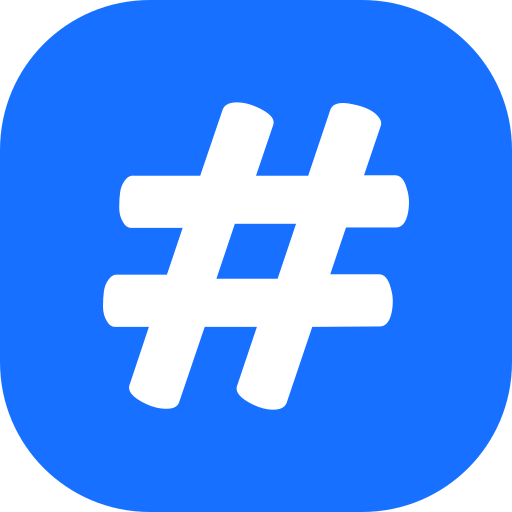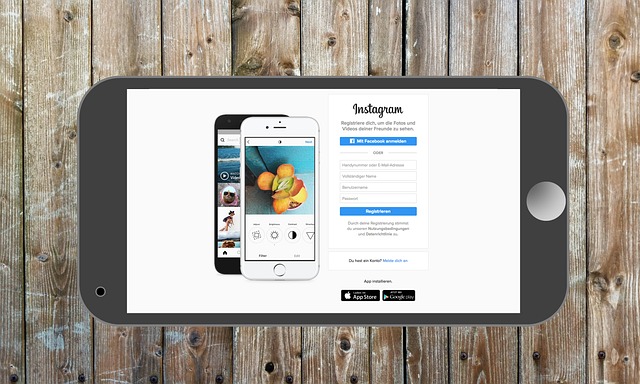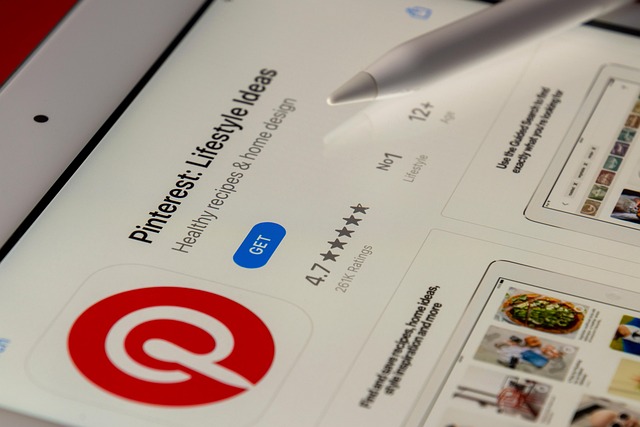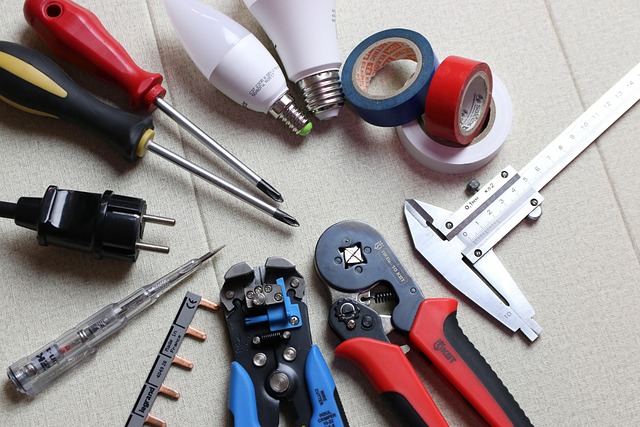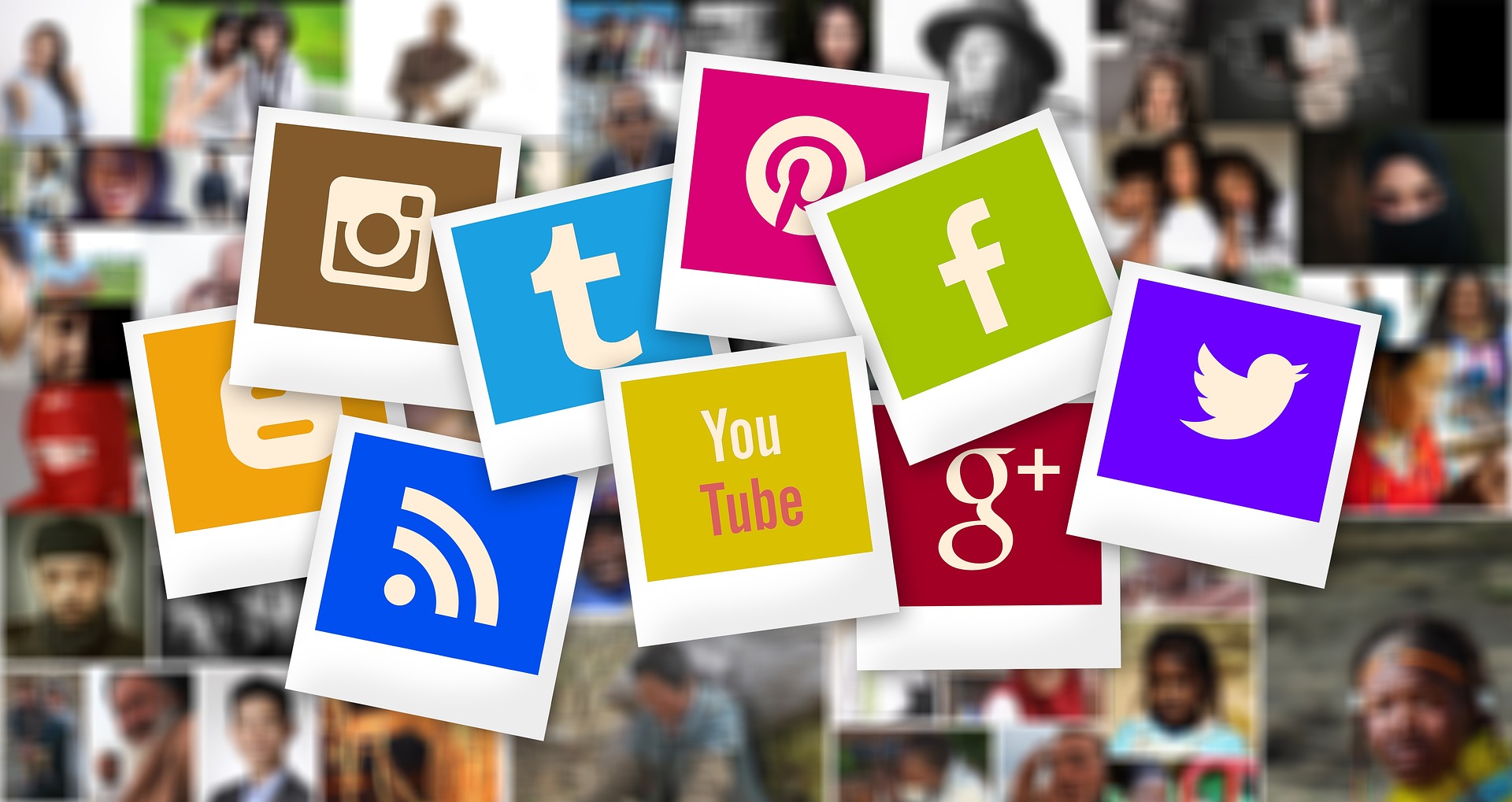Monetizing Instagram
How To Earn Money Or Monetizing Instagram in 2025: A Complete Guide
Monetizing Instagram means turning your Instagram presence into a source of income. Whether you’re a content creator, influencer, business, or educator, there are multiple ways to earn money through your Instagram account.
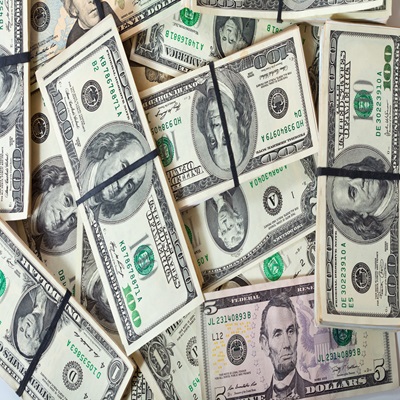
A Short History of Instagram
Instagram was launched on October 6, 2010 by Kevin Systrom and Mike Krieger as a simple photo-sharing app for iOS. Within just two months, it had over 1 million users.
2012: Acquisition by Facebook
In April 2012, Facebook acquired Instagram for approximately $1 billion. This marked a major turning point, allowing Instagram to scale rapidly and integrate with Facebook’s ecosystem.
2013–2016: Expansion and Features
- 2013: Introduced video sharing (15 seconds).
- 2015: Launched Instagram Ads and business tools.
- 2016: Introduced Instagram Stories, inspired by Snapchat.
2018–2020: IGTV and Shopping
Instagram launched IGTV for long-form video content and expanded its e-commerce features, allowing users to shop directly from posts and Stories.
2020–2022: Rise of Reels
To compete with TikTok, Instagram introduced Reels, short-form videos that quickly became central to the platform’s growth and engagement strategy.
2023–2025: Creator Economy and AI Integration
Instagram evolved into a full-fledged creator platform, offering monetization tools like subscriptions, badges, and affiliate features. AI-driven recommendations and search optimization became key to content discovery.
Today
Instagram is one of the most influential social media platforms globally, with over 2 billion monthly active users. It continues to innovate in areas like augmented reality, AI content curation, and creator monetization.
Instagram has evolved far beyond a photo-sharing app. In 2025, it’s a powerful business platform where creators, entrepreneurs, and influencers can build brands, connect with audiences, and earn real income. Whether you’re just starting or already have a growing following, this guide will walk you through the most effective ways to monetize your Instagram presence.
1. Set Up a Professional Instagram Profile
Before you can monetize, your profile must be optimized for business.
- Switch to a Business or Creator Account: This unlocks features like analytics, contact buttons, and access to monetization tools.
- Optimize Your Bio: Your bio should clearly state who you are, what you offer, a call-to-action, and a link to your website or store.
- Create a Consistent Aesthetic: Use a unified color scheme, editing style, and tone to build brand recognition.
- Enable Two-Factor Authentication: Protect your account from hacks, especially once you start earning.
2. Choose a Profitable Niche
What Is a Niche?
A niche refers to a specific segment of a market or audience that shares common interests, needs, or characteristics. In the context of social media, blogging, or online business, choosing a niche means focusing your content or products on a well-defined topic that appeals to a targeted group of people.
Why Is a Niche Important?
- Clarity: It helps you define your brand and message.
- Audience Connection: You attract followers who are genuinely interested in your content.
- Monetization: Brands and businesses prefer working with creators who have a focused and engaged audience.
- Less Competition: Niche markets are often less saturated than broad ones.
Examples of Niches
- Fitness for busy professionals
- Vegan cooking for beginners
- Tech reviews for non-techies
- Travel tips for solo female travelers
- Minimalist home design
How to Choose Your Niche
- Identify your passions and expertise.
- Research audience demand and trends.
- Evaluate competition and monetization potential.
- Test and refine your content based on engagement.
Choosing the right niche is the foundation of building a successful online presence. It allows you to stand out, connect deeply with your audience, and grow sustainably.
Your niche defines your audience and monetization potential.
- Identify Your Passion and Expertise: Choose a niche you genuinely enjoy and understand.
- Research Market Trends: Use tools like Google Trends and Instagram Explore to identify growing niches.
- Assess Audience Demand: Look at engagement levels in your niche to determine profitability.
Popular niches in 2025 include fitness, personal finance, travel, tech, sustainable living, and digital marketing.
3. Grow Your Audience Organically
You don’t need millions of followers to earn money. Engagement matters more.
- Post Consistently: Aim for 3–5 posts per week using Reels, carousels, and Stories.
- Engage Actively: Reply to comments, DMs, and engage with other creators.
- Use Instagram Features: Reels, Stories, Lives, and Highlights help diversify content.
- Collaborate with Others: Partner with creators in your niche for shoutouts and giveaways.
- Use Strategic Hashtags: Mix trending, niche, and branded hashtags for better reach.
4. Monetizing Instagram Strategies
What Does Monetization Mean?
Monetization refers to the process of turning something into money or generating revenue from an asset, service, or activity. In the context of social media, websites, or digital platforms, monetization means earning income from your content, audience, or online presence.
Examples of Monetization
- Social Media: Earning money through sponsored posts, affiliate marketing, subscriptions, or selling products.
- Websites: Generating revenue through ads, paid memberships, or selling digital goods.
- Apps: Monetizing via in-app purchases, ads, or premium features.
Why Is Monetization Important?
- It allows creators and businesses to earn income from their efforts.
- It supports sustainability and growth of digital platforms.
- It encourages high-quality content and innovation.
Common Monetization Methods
- Advertising (e.g., Google AdSense, Instagram Ads)
- Affiliate marketing
- Selling products or services
- Subscriptions and memberships
- Donations or crowdfunding
Monetization is a key concept in the digital economy. Whether you’re a content creator, entrepreneur, or developer, understanding how to monetize your work can help you turn passion into profit.
Once your profile is optimized and your audience is engaged, it’s time to monetize.
- A. Sponsored Posts
- Brands pay you to promote their products. Use platforms like Aspire or Collabstr to find
deals. - Disclose partnerships with #ad or #sponsored.
- Examples of Sponsored Posts
- Sponsored posts are paid collaborations between creators and brands. Here are a few examples to illustrate how they work across different niches:
1. Fashion Influencer
Caption: Loving this summer look from @BrandName . Their new collection is all about comfort and style. #ad #SummerStyle
Content: A carousel post featuring the influencer wearing outfits from the brand, tagged with the brand’s account and relevant fashion hashtags
2. Fitness
Caption: “Fueling my workouts with @ProteinPower. Their plant-based protein is a game-changer! #sponsored #FitnessFuel
Content: A Reel showing a workout routine followed by a smoothie recipe using the sponsored product.
3. Tech Reviewer
Caption: “Just tested the new @SmartGadgetX and it’s for productivity and travel. Check out my full review! #ad #TechTips”
Content: A video post or IGTV episode reviewing the product’s features,
pros, and cons.
4. Travel Blogger
Caption: “Exploring the hidden gems of Bali with @TravelGearPro . Their backpacks are perfect for adventure seekers! #sponsored #TravelEssentials”
Content: A photo series or Reel showcasing scenic locations and the gear in use.
5. Beauty Influencer
Caption: “Say hello to glowing skin Thanks to@GlowSkinCare for sending me their new serum! #ad #SkincareRoutine”
Content: A tutorial-style video showing how to apply the product and its
effects over time.
Note: Always disclose sponsored content using hashtags like #ad, #sponsored, or #paidpartnership to comply with advertising guidelines.
B. Affiliate Marketing
What Is Affiliate Marketing?
Affiliate marketing is a performance-based marketing strategy where individuals (affiliates) earn a commission by promoting products or services offered by other companies. When someone makes a purchase through the affiliate’s unique link, the affiliate receives a percentage of the sale.
How Does Affiliate Marketing Work?
- The affiliate joins an affiliate program (e.g., Amazon Associates, ShareASale, CJ Affiliate).
- They receive a unique tracking link or promo code.
- They promote the product through social media, blogs, videos, or email.
- When a user clicks the link and makes a purchase, the affiliate earns a commission.
Benefits of Affiliate Marketing
- Low startup cost: No need to create your own product.
- Passive income: Earn money while you sleep.
- Scalable: Promote multiple products across different platforms.
- Flexible: Work from anywhere and choose products that match your niche.
Popular Affiliate Platforms
- Amazon Associates
- Shopify Collabs
- ClickBank
- Rakuten Advertising
- Impact Radius
Tips for Success
- Promote products you genuinely trust and use.
- Focus on solving problems for your audience.
- Use SEO and hashtags to increase visibility.
- Track performance and optimize your strategy.
- Affiliate marketing is a powerful way to monetize your online presence. With the right strategy and tools, you can turn your content into a consistent source of income.
- Earn commissions by promoting products with affiliate links. Use programs like Amazon
Associates or Share A Sale. Promote products that solve real problems.
C. Sell Your Own Products
Instagram is a visual storefront. Sell physical or digital products. Set up Instagram Shopping via Facebook Commerce Manager.
D. Offer Digital Services
Promote services like coaching, design, or tutoring. Share testimonials and educational
content to attract clients.
E. Instagram Subscriptions
Offer exclusive content for a monthly fee. Share subscriber-only posts, Lives, and early
access to products.
F. Instagram Badges and Gifts
Earn money during Lives and Reels through viewer purchases of badges and gifts.
G. Reels Bonuses
Instagram pays creators based on Reels performance. This is an invite-only program for
high-performing accounts.
H. User-Generated Content (UGC)
Create content for brands to use in their ads without posting it yourself. Focus on quality
and creativity.
I. License Your Content
License your photos or videos to brands using platforms like Foap or 500px.
5. Tools to Help You Monetizing Instagram
- FreeHashtag.com – Find high-performing hashtags
- Canva – Design posts and Stories
- Linktree / Beacons – Share multiple links in your bio
- Teachable / Gumroad – Sell digital products
- Metricool / Buffer – Schedule posts and analyze performance
6. Common Mistakes to Avoid
- Inauthentic promotions
- Overloading with ads
- Ignoring analytics
- Neglecting engagement
- Skipping legal disclosures
7. Real Success Stories
- Pamela Reif: Fitness creator monetizing through books and a food brand.
- Huda Kattan: Makeup tutorials turned into a global beauty brand.
- Alix Earle: Built a brand through relatable videos and earns six figures from brand deals.
Conclusion Of Monetizing Instagram
Instagram in 2025 is a thriving ecosystem for creators and entrepreneurs. Whether you’re selling products, offering services, or building a personal brand, the platform offers countless ways to earn money. The key is consistency, authenticity, and strategic use of Instagram’s features.
Start small, stay focused, and remember: you don’t need millions of followers to succeed—you need a loyal, engaged audience and a clear value proposition.
